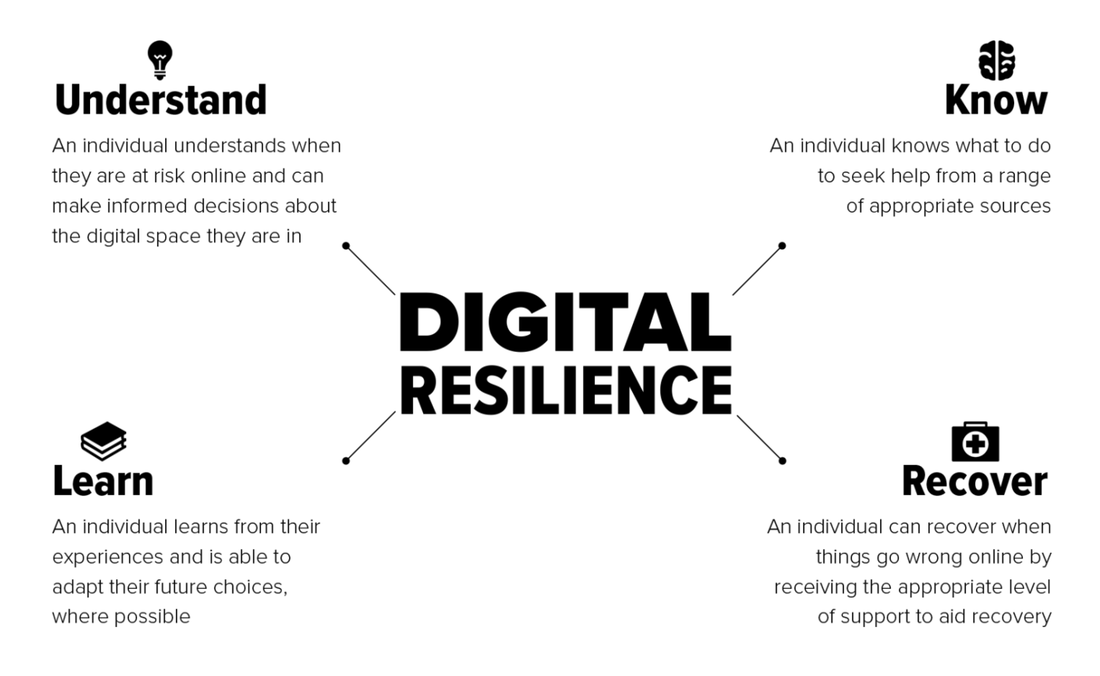Digital Equity
|
Definitions (from NDIA)
Digital Inclusion Digital Inclusion refers to the activities necessary to ensure that all individuals and communities, including the most disadvantaged, have access to and use of Information and Communication Technologies (ICTs). This includes 5 elements: 1) affordable, robust broadband internet service; 2) internet-enabled devices that meet the needs of the user; 3) access to digital literacy training; 4) quality technical support; 5) applications and online content designed to enable and encourage self-sufficiency, participation and collaboration. Digital Inclusion must evolve as technology advances. Digital Inclusion requires intentional strategies and investments to reduce and eliminate historical, institutional and structural barriers to access and use technology. Digital Equity Digital Equity is a condition in which all individuals and communities have the information technology capacity needed for full participation in our society, democracy and economy. Digital Equity is necessary for civic and cultural participation, employment, lifelong learning, and access to essential services. Digital Divide The digital divide is the gap between those who have affordable access, skills, and support to effectively engage online and those who do not. As technology constantly evolves, the digital divide prevents equal participation and opportunity in all parts of life, disproportionately affecting people of color, Indigenous peoples, households with low incomes, people with disabilities, people in rural areas, and older adults. Digital Literacy NDIA recommends the American Library Association’s definition of Digital Literacy via their Digital Literacy Taskforce: "Digital Literacy is the ability to use information and communication technologies to find, evaluate, create, and communicate information, requiring both cognitive and technical skills." A Digitally Literate Person:
Broadband Adoption Rhinesmith, Colin. “Digital Inclusion and Meaningful Broadband Adoption Initiatives.” Evanston, IL: Benton Foundation, January 2016. benton.org/broadband-inclusion-adoption-report Broadband adoption has traditionally been defined as residential subscribership to high-speed Internet access. But for those in the field working to increase the digital capacity of communities, broadband adoption is daily access to the Internet:
Digital Redlining Digital redlining is discrimination by internet service providers in the deployment, maintenance, or upgrade of infrastructure or delivery of services. The denial of services has disparate impacts on people in certain areas of cities or regions, most frequently on the basis of income, race, and ethnicity. Digital Navigators Digital navigators are trusted guides who assist community members in internet adoption and the use of computing devices. Digital navigation services include ongoing assistance with affordable internet access, device acquisition, technical skills, and application support. Digital Inclusion Ecosystem A Digital Inclusion Ecosystem is a combination of programs and policies that meet a geographic community’s unique and diverse needs. Coordinating entities work together in an ecosystem to address all aspects of the digital divide, including affordable broadband, devices, and skills. Indicators of a strong Digital Inclusion Ecosystem:
Broadband Equity Broadband equity is achieved when all people and communities are able to access and use affordable, high-speed, reliable internet that meets their long-term needs. Digital Resilience Digital Resilience is having the awareness, skills, agility, and confidence to be empowered users of new technologies and adapt to changing digital skill demands. (Digital US) |
Adult Ed Digital Inclusion Network Meetings
Contact Elaine Roberts if you want to join
ResourcesData
Digital Literacy
Digital Navigators
Funding New York
Mailing Lists and Newsletters
Digital Equity Act (DEA) |

